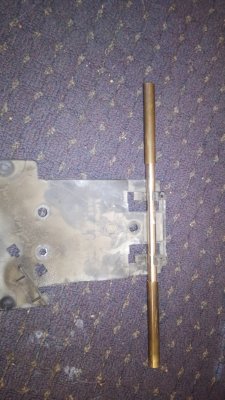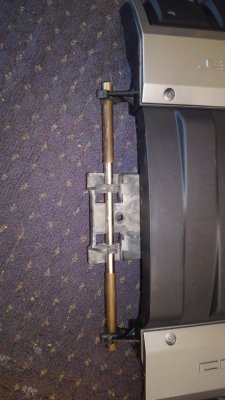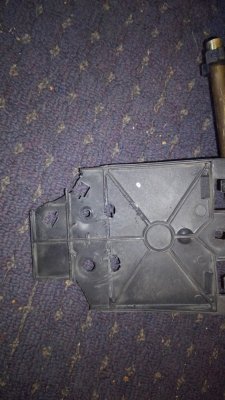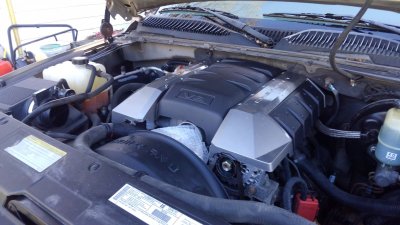iamdub
Full Access Member
What I'd like to see is someone modding the stock air intake by cutting baffles and putting that on a dyno test.
Then compare to the high dollar stuff. I did my own intake mod on a 2005 Triumph SpeedMaster and dyno proved I did a better job then the high dollar stuff being sold.
And way cheaper! Not that I'm cheap but you better prove I'm getting what I pay for.
The baffles in the stock system are to keep the noise down as far as I've found.
So no reason we can't just cut them off and patch them with in reason.
What I mean by 'with in reason' is do it in a way that does not create an air dam.
The stock system creates air dams that suck up the sounds you get from the after market systems. Anyone that has done air flow work with flow metering systems understands that effect and why it's used.
I believe it was Black Bear that tested the MIT against the full "cold air" kits. IIRC, the MIT resulted in the most gain or it was a very close second place or something like that. Either way, it was the best bang-for-the-buck method. There is nothing wrong with the factory filter box design. It's already sealed from engine bay heat and the filter flows more than well enough. The only area it could be improved upon performance-wise is the tube between the filter box and throttle body. The "accordion tube" and resonator chambers create turbulence that very mildly affect the flow. As you have found, those resonator tubes ("baffles") are there just for sound cancellation. They are a multiplied fraction of the wavelength of a particular center frequency that resonates and creates a noise above a determined volume threshold. The sound wave travels down the tube, reflects off the end end and travels back. It colliding with itself cancels out the wave and mutes that sound frequency. As with many other aspects on vehicles, the engineers didn't add something just to be dicks and decrease potential power. They sacrificed a negligible amount of power to attain a flexible intake duct that met a volume and sound parameter they figured would appease the average purchaser. For vehicles with an exhaust that drones at a certain RPM, this same measure can be applied. A resonator tube of a calculated length can be added perpendicularly to the exhaust pipe to focus on eliminating that particular drone frequency rather than just further muffling the whole sound range with a larger or different style of muffler.
Deleting the intake resonators in the stock ducting for increased flow is an intelligent and thrifty idea. If you're after a little more flow and power, chances are you're one that wouldn't mind hearing a meatier growl under throttle.
Looked at the Hoe real close to see how it's getting air. I'll be adding a wing to the area near the front wheel to scoop in more air. It's actually in a near dead air space as it is and if I put the front dam on? It will be worse!
I'd bet that this is yet another engineered sacrifice. Sure, what could essentially be a "ram air" intake could produce a minimal power increase at speed. It was probably decided against for aerodynamic purposes and to reduce the chance of water intrusion from rain or leading cars splashing up puddles. Having it ducted in from a dead, but safe place was the compromise.
Last edited:







